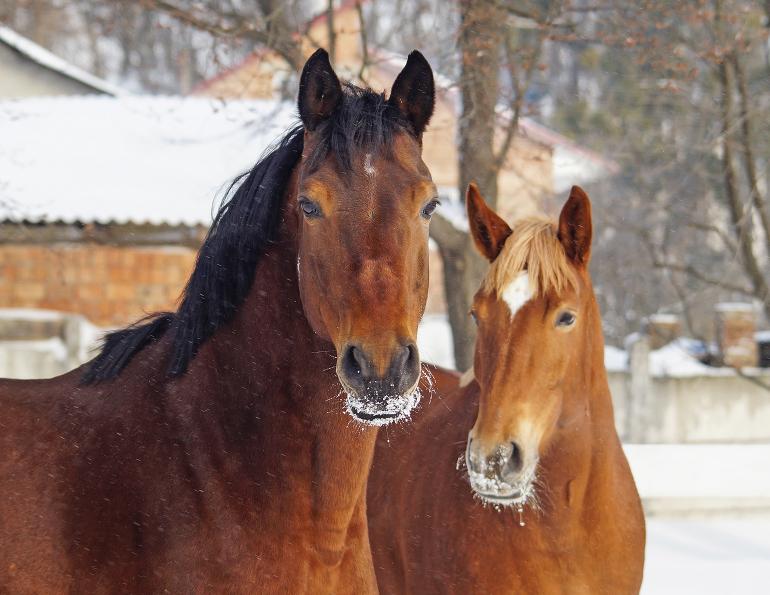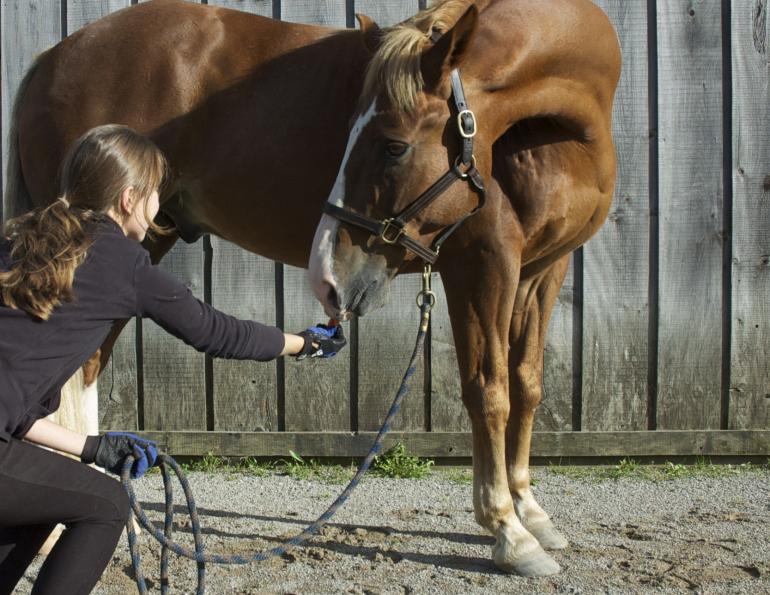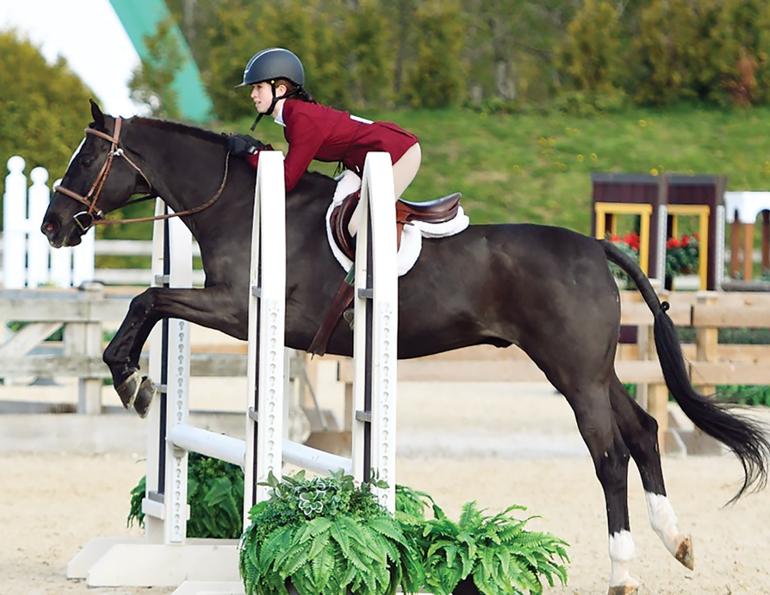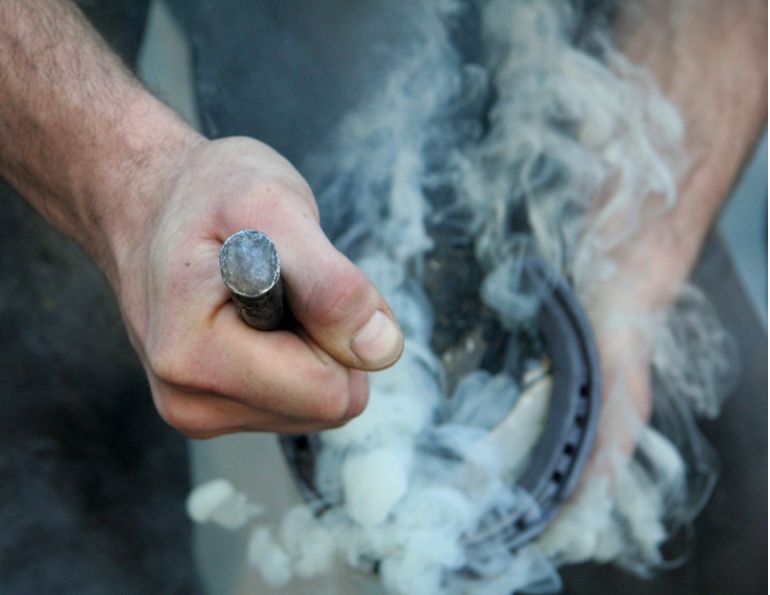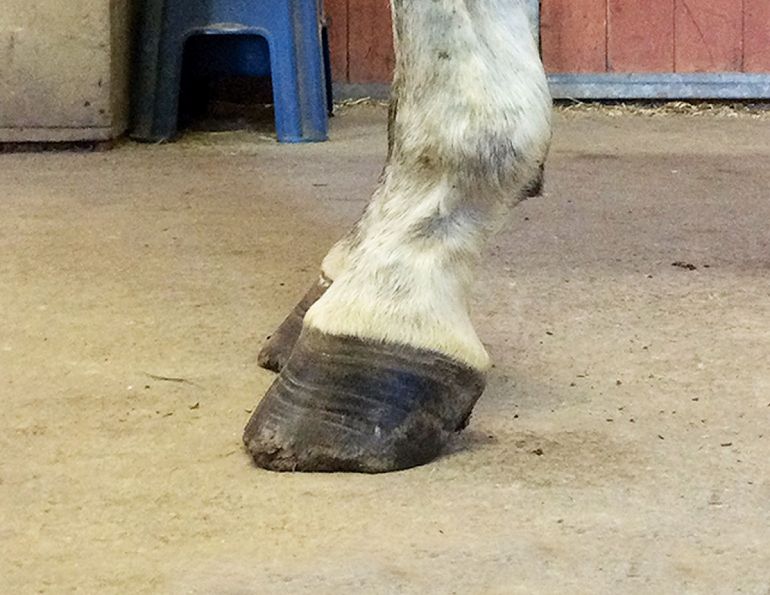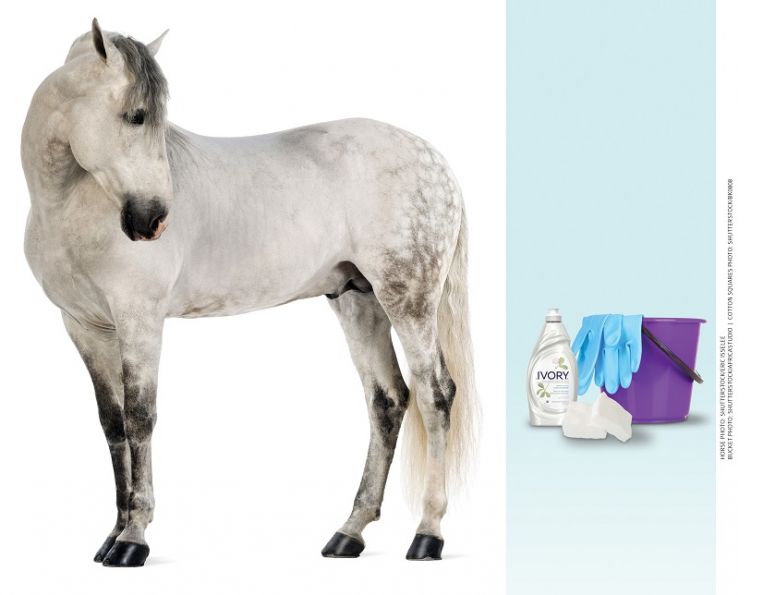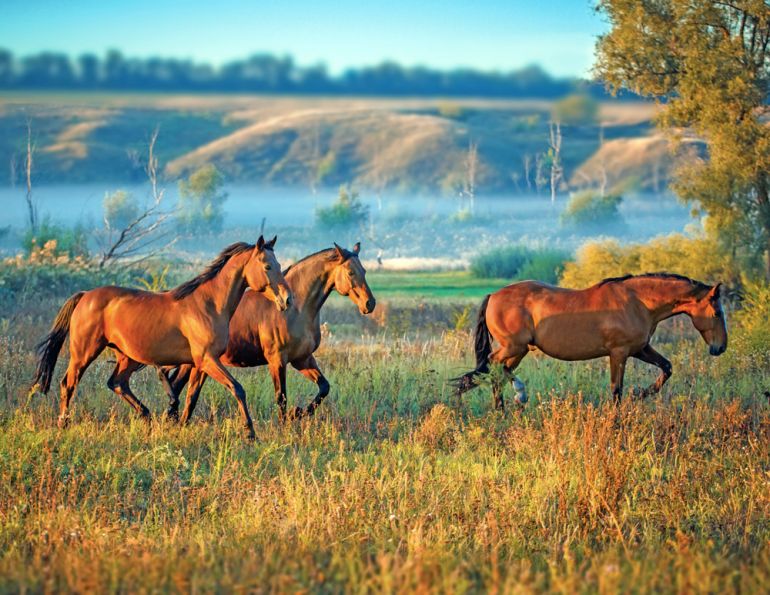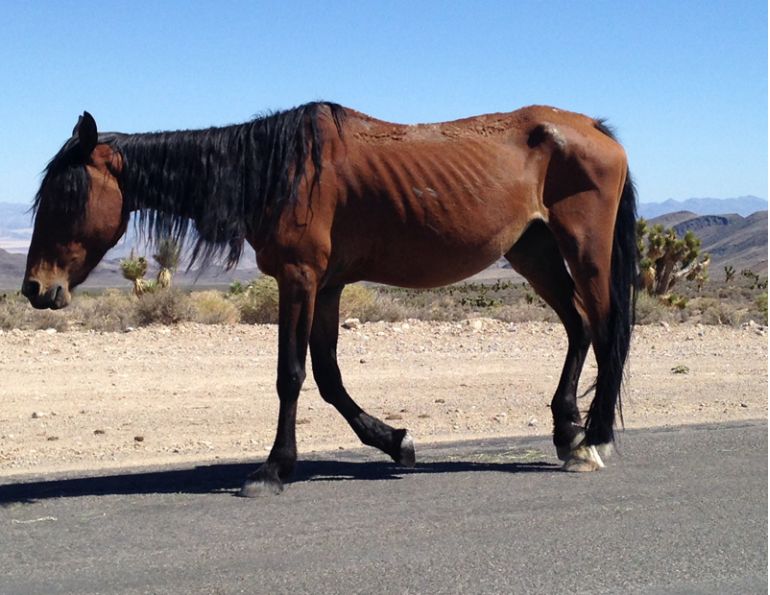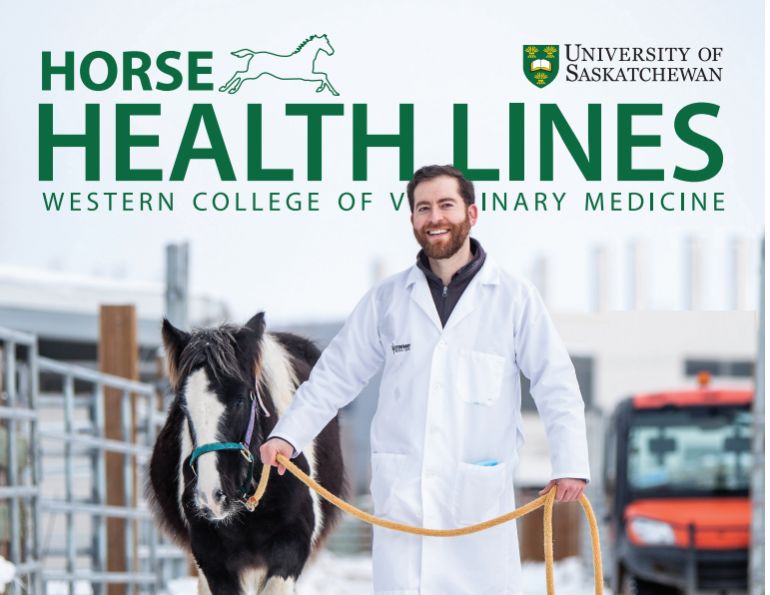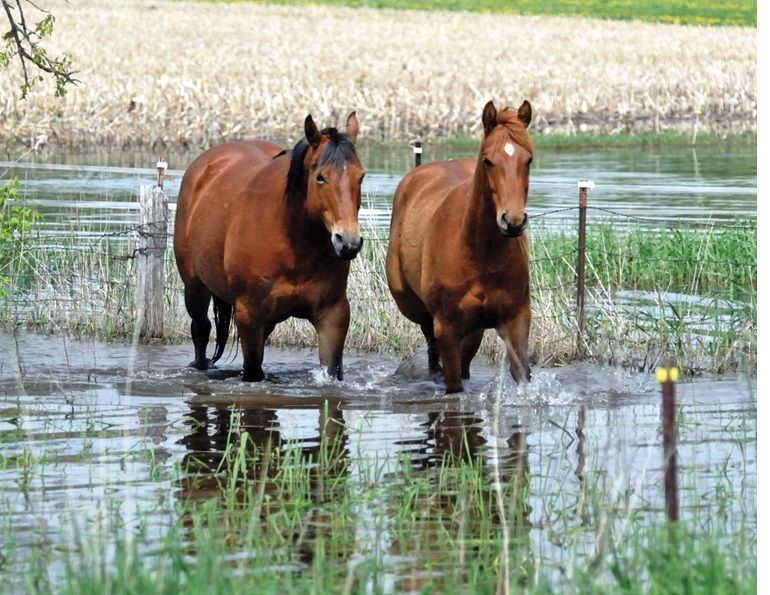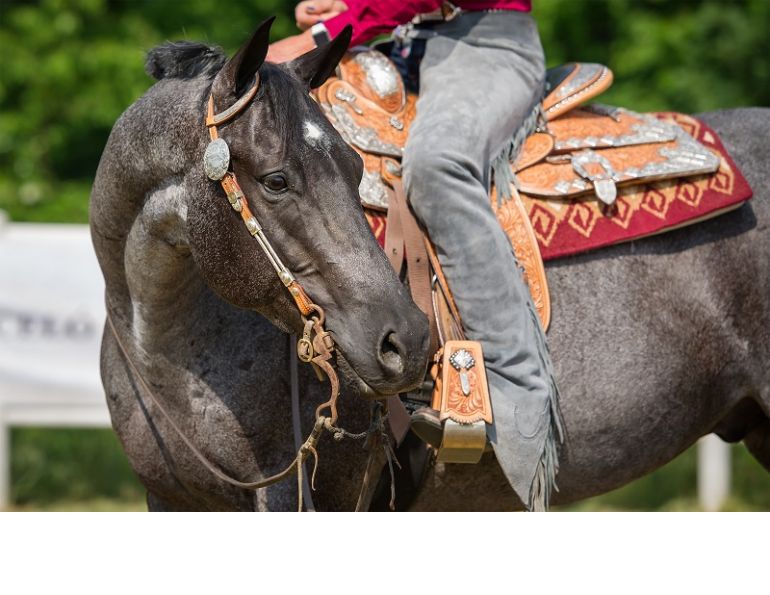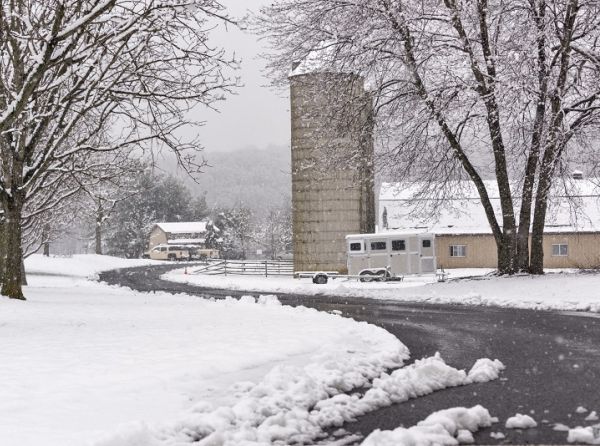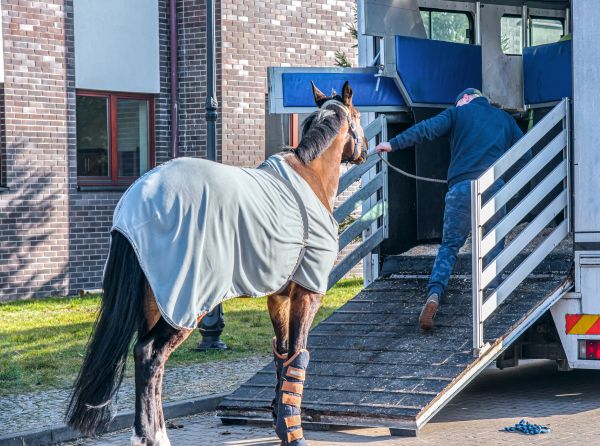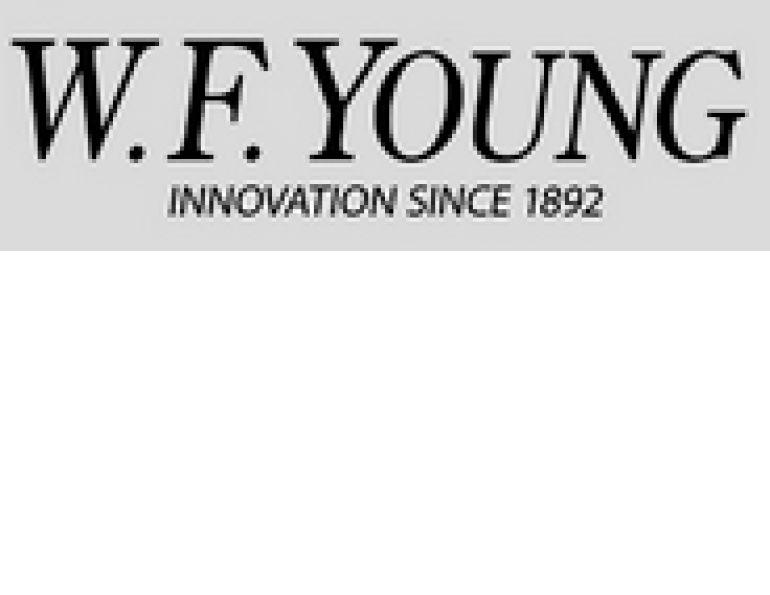By Riley Swanby, CF, Phoenix Farrier Services
The shorter, cooler days of autumn herald the approach of the cold winter months. Starting with the spring season, we all race around to participate in shows, rodeos, or backcountry camping trips. When those exciting events wind down, we can focus on all the tasks we’ve put off — those “before winter rolls around” jobs.
Your To-Do list may include purchasing and storing the winter hay supply; cleaning and winterizing the trailer; mending blankets and fences; testing and repairing water heaters; cleaning and conditioning tack; maintaining footing and shelter. There’s an abundance of information available on how to prepare for the winter months, but one winter chore often goes unaddressed. Let’s talk about building your horse’s health care team.
Whether you own a show champion, a working ranch horse, a trail riding buddy, or a retired old best friend, the right team is crucial to your horse’s health and well-being. Each of the professionals you have chosen to work with has their jobs coming into the winter months. Your veterinarian is getting ready to administer fall vaccinations. Your dentist is gearing up to float the herd’s teeth. Your nutritionist is planning a ration to get hard-keepers through the cold weather. Your bodyworker is preparing to work out some tightness your horse accumulated during the show season. Your farrier is considering the best option for footing on snow and ice, pulling shoes for the off-season.
Related: How to Prevent and Treat Mud Fever
Each member of your horse’s health care team makes an important contribution, and I believe if all those involved could learn to communicate more openly and more often, it would immensely benefit the horses they work with. If there is a member of your horse’s team who does not want to be an active, positive part of this collaborative approach, now might be a good time to start searching for a replacement. For your horse’s sake, don’t wait until the spring to find a new farrier.
Professional Values
Before we get too far into inner working relationships, we should define the important values of your professionals.
I want to mention a few of the aspects I look for when choosing my own team and what I have observed in the industry in my daily work as a farrier. Of the professionals I have truly enjoyed sharing cases with, all tend to have similar traits. A few include being able to communicate using proper anatomical and biomechanical language; being respectful of my time, experience, and livelihood; and being passionate about the well-being of our mutual client and of their own practice.

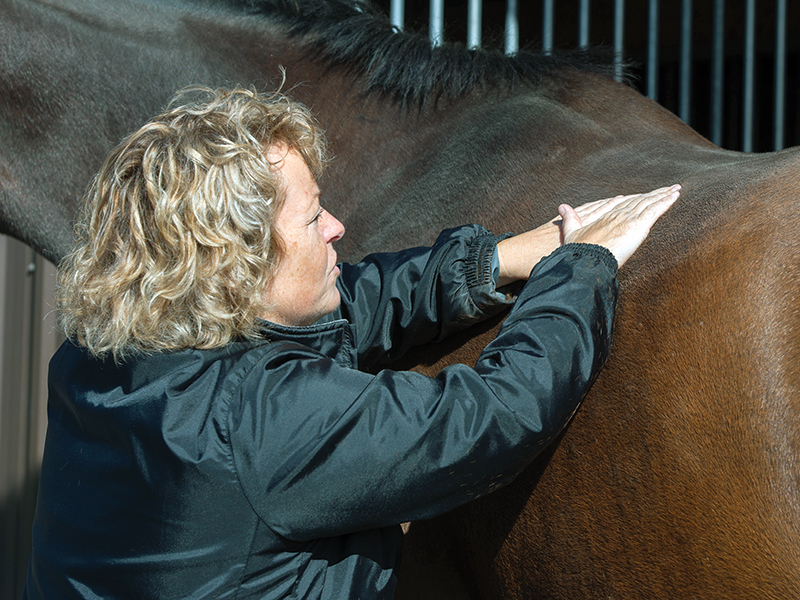
With winter on the horizon, every member of your horse’s health care team can contribute to preparing your horse for the off-season. Photos: Clix Photography
My colleagues and I have also experienced instances that exemplify less-than-desirable traits. For example, does your bodyworker sometimes blame your farrier, rather than contact them to have a healthy discussion about the horse’s specific conformation? Does your trainer criticize your farrier’s work without engaging them in mature dialogue about how to help your horse feel his best? Do you have to beg to get a copy of those radiographs that you paid for a month ago, or are they sent over promptly with correct labelling, an in-depth workup, and a prescription/shoeing plan? Is there another farrier in the barn regularly disparaging another farrier’s work instead of offering a helping hand on a particularly difficult case?
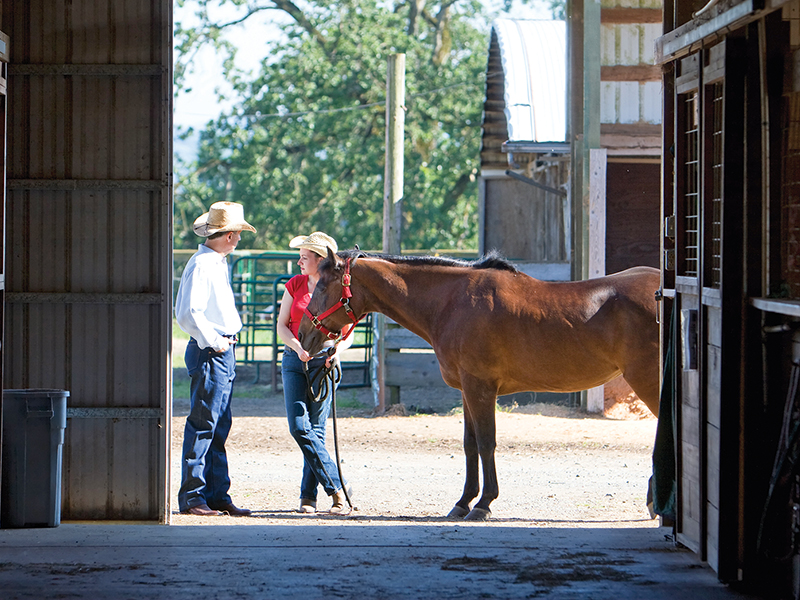
Professionals should demonstrate punctuality, good manners, and a willingness to listen to others’ opinions, while avoiding gossip and negative comments about their colleagues. Photo: Dreamstime/Orangeline
Full disclosure here: I am also a human being and have found myself in an “out loud eye roll” on occasion. I am very passionate about my career and will go to extensive lengths to protect the horses I work with. My morals and education are strong and at times I may come across as abrasive, but my intent is to hold professionals to an exceptionally high standard and keep the deficient at bay. While I never seek to put the owner between a rock and a hard place, I am a firmly committed advocate for the well-being of my client horses and I believe that animal welfare is not negotiable. Our shared goal is a healthy, sound horse. and I will continue to strive to model professional behaviour. I hope to attract other professionals and owners with a like mindset.
Related: Preparing Fences Before the Freezing Temperatures
Now that we have decided which professionals to keep on board, let’s chat about why it is so important that this talented group communicates openly. Just like our own personal bodies and physical health, we know that every individual is distinct and has diverse needs. We know what might work miraculously for one horse could have a negative effect on the next. To thoroughly understand an individual horse and his specific needs, it is beneficial to have discussions with experts who specialize in different fields. For example, your dentist might notice certain wear patterns that your bodyworker might find highly valuable when he/she comes out for their next adjustment.

Consulting with experts in various fields can expand your knowledge and enhance your understanding of your horse’s unique needs. Photo: Clix Photography
I’ll list a few cases where it has been, or would have been, advantageous to be able to connect with another skilled person.
• The horse has been well-behaved for 75 percent of her trim, but on the last foot she starts kicking out, ripping her foot away or losing balance and trying to tip over. If all four feet were this way, I would usually suggest spending extra time helping her with behavioural issues before the farrier shows up. However, behaviour with just one foot typically tells us there is a soundness issue, which a veterinarian can likely help diagnose before it gets worse. In this case the vet, farrier, and bodyworker can come up with a plan together to get the horse loosened and able to work to her full potential, including being able to get hoof care maintenance done while keeping everyone safe.
Related: How to Achieve A Sounder Horse
• The horse has had a laminitic episode and the veterinarian has taken x-rays to determine if there has been any degree of coffin bone rotation. Alerting your farrier, along with sending radiographs, will allow for the extra planning needed before their next appointment, which will likely be immediate. To treat founder cases properly, being able to see where the coffin bone sits inside the hoof capsule is of utmost importance.
To give your horse the best care, both vet and farrier should work together for pain management, imaging, and to build a strategy for today and the future ahead. Trying to navigate laminitis or founder without proper efforts from the owner, farrier, and vet will lead to the horse either not having a successful outcome, or the same problem continuing season after season. This would also be a great time to get a nutritionist on board to educate yourself on how to care for a horse that is predisposed to laminitis.
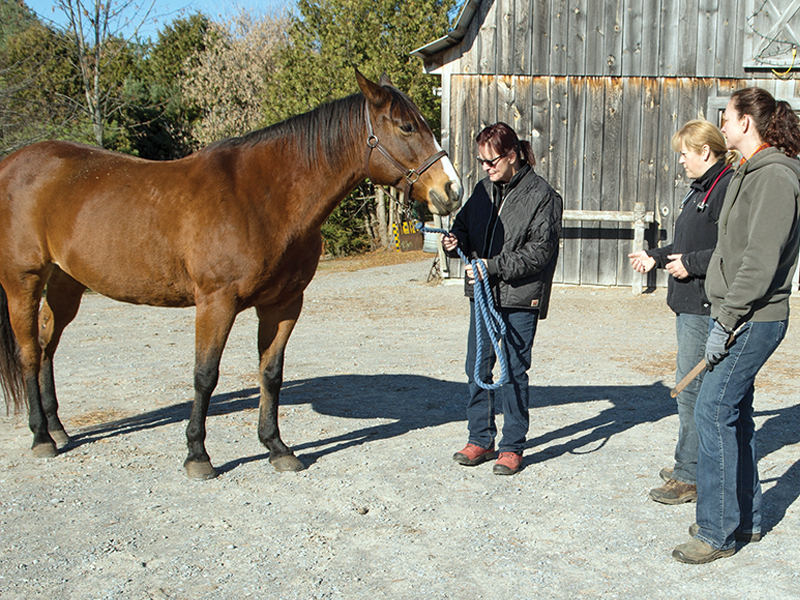
For the optimum health and well-being of your equine partner, your horse’s care team members must share knowledge and work together. Photo: Clix Photography
• The horse has been pulling shoes prematurely for the last few cycles. Your farrier has exhausted all the go-to shoe-saving options; the owner has kept bell boots on as instructed; the barn manager has ensured that herd-mates aren’t horsing around; the dogs aren’t out chasing horses; the mud has been dealt with; and all the fencing is in good repair. All basic animal husbandry has been tended to and still a front shoe has popped.
Perhaps a collaboration with the farrier, bodyworker, and vet is in order. The percentage of lameness-associated shoe-pulling is very high. If your farrier has kept your horse on their books through this shoe pulling era, it may be time to have a lameness examination and involve the horse’s whole health care team to diagnose the issue. Everyone benefits, especially the horse.
Related: The Wild West: Navigating Canada’s Unregulated Horse Industry
• The horse has had an injury and the vet has diagnosed a torn deep digital flexor tendon. This is a major injury and full recovery will take substantial rehabilitation. The vet on call hasn’t dealt with this specific injury before and seems hesitant to do more than prescribe stall rest for six months to a year.
This would be a prime opportunity for a conversation between the vet and farrier. While stall rest will be necessary, there are therapeutic packages your farrier can apply to remediate this injury, giving the horse maximum chance of full recovery.
The example list could go on forever, but the point is that behind you are standing many specialists waiting for the call to help your horse in the unfortunate event of injury or sickness.
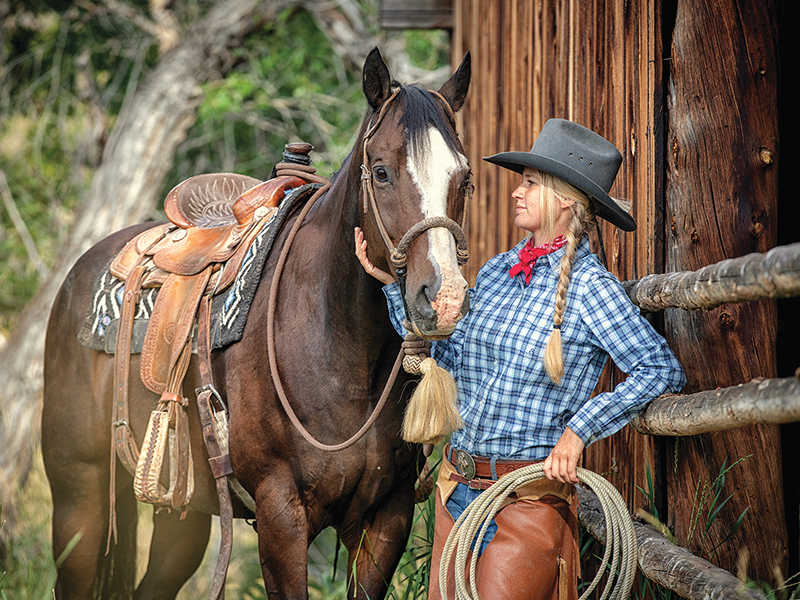
Your horse depends on you to deliver the best care possible to ensure his optimum health and well-being. Photo: AdobeStock/Terry Cage
Establishing healthy working relationships with all your health care teammates is crucial to success in any type of equine life, whether working, competitive, recreational, or retirement. Building that team of professionals may take some time, but it will be well worth it. While the horses spend some much-deserved rest time during the winter months, horse owners can use this time to prepare for future seasons by putting the correct people in place. Talk to people you trust in the industry, do some interviews and research to determine what kind of professionals you want on your team, and define your equine goals. Sometimes the simplest things can be accomplished with great ease if you have a set of phenomenal minds working together to build a strategic plan. Soundness for today is brilliant, but soundness for longevity should be our common goal. All team members should focus on this goal, and with strong communication and positive attitudes it will be much easier to attain.
Related: To Rug or Not to Rug?
Related: Clipping 101
RESOURCES
Pertinent questions to ask prospective farriers include:
References
- Photos of their work
- Where they studied
- If they completed an apprenticeship program
- If they attend continuing education events such as clinics, contests, or certifications. These opportunities are readily available, and whether the farrier is taking advantage of ongoing learning resources is a key consideration when choosing a new farrier.
Visit these websites for more information:
- Western Canadian Farrier Association
- Ontario Farriers Association
- Quebec Farriers Association
- Association of Farrier Trainers of Canada
- American Farrier's Association
- The Worshipful Company of Farriers
Related: How to Blanket a Horse in Cold Weather
Related: A Farrier's Perspective - Safe Horses, Safe Spaces, and Farriers Today
Main: Shutterstock/Natalia Zhurbina



